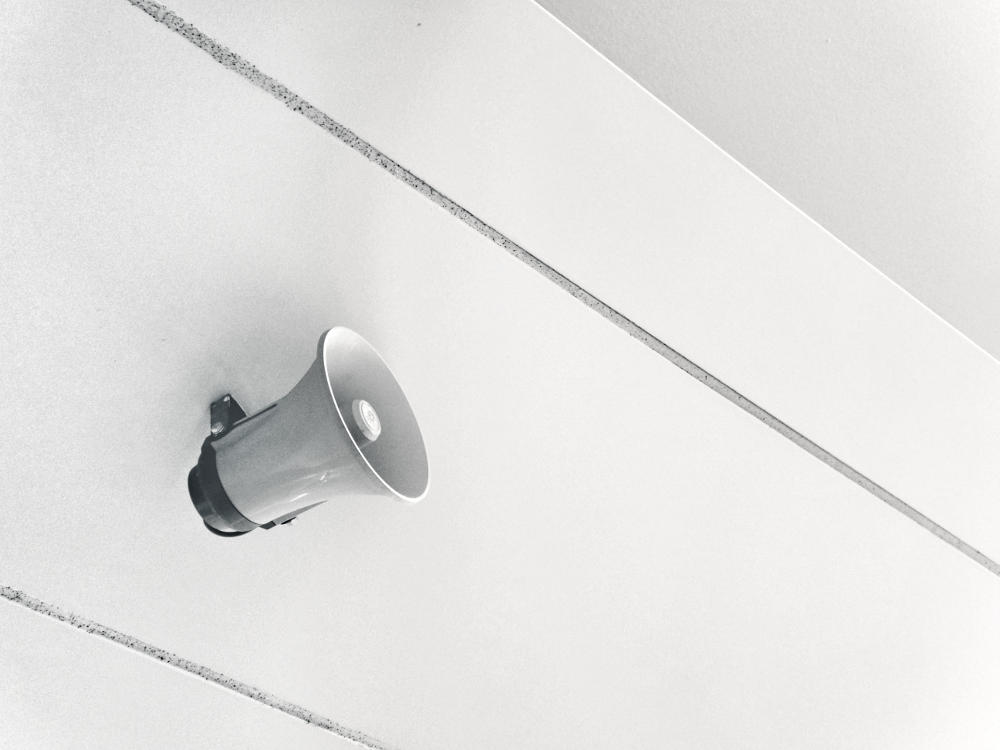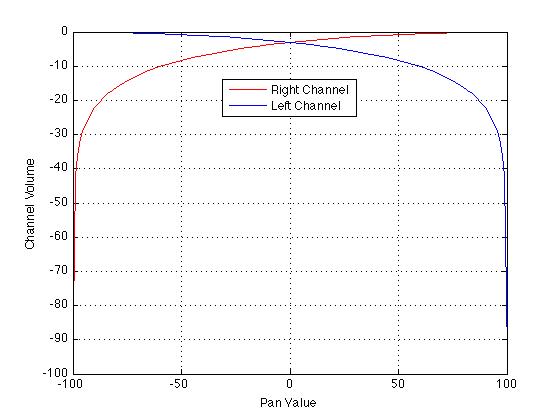Should I set the loudness target for mono podcasts to -16 LUFS or -19 LUFS?
This seemingly simple question comes up often and is
the main topic of this blog post.
 Photo by Franck V.
Photo by Franck V.
We are also introducing the new loudness normalization parameter Dual Mono and we're announcing the move of our Advanced Audio Algorithms to Public Beta!
The Mono Loudness Problem
"If my stereo production is loudness normalized to -16 LUFS,
should I use -19 LUFS for mono (3 LU lower)?"
Unfortunately, this simple question is not that easy to answer -
it depends on how the mono signal is played back on your loudspeaker(s):
By definition, a monophonic sound source is played on one loudspeaker, and the loudness measurement algorithm of a mono signal is defined for one source channel only (see the original ITU-R BS.1770 recommendation to measure audio loudness). A -16 LUFS mono signal (on one loudspeaker) should be as loud as a -16 LUFS stereo signal (on two loudspeakers).
Yet most current consumer devices are stereo systems and will play back a mono signal on both speakers of a stereo system, which is called dual mono. In order to maintain equal loudness between dual mono (on two loudspeakers) and "real" mono playback (on one loudspeaker), the playback system must attenuate dual mono signals by about 3 dB (= 3 LU).
 Classic Equal Power Panning:
Classic Equal Power Panning:
The distribution of a mono sound source on two loudspeakers
is called Panning,
and a doubling of the signal power corresponds to a 3.01 dB boost,
see Properties of DB Scales.
Unfortunately, most devices don't apply this -3 dB offset for dual mono signals. Therefore, you might shift the mono loudness target of your audio files by -3 LU to compensate for that. For example, if your stereo target is -16 LUFS, you could use -19 LUFS for mono productions.
But there are some devices (though not many) that do apply the -3 dB offset during the mono to stereo upmix, as also required in the official EBU Guidelines for Reproduction (Tech 3344, Section 6.16). In this case, a -19 LUFS mono file would be 3 LU softer than a -16 LUFS stereo file on that device. Also, if you use a real mono system (only one loudspeaker), the -19 LUFS mono file would be 3 LU too soft (but even here: not all the time, some devices already include an offset).
So whatever you choose, unfortunately you can't make it right for all devices.
However, the difference (3 LU / 3 dB) is not that big and
won't be a huge assault on your ears - it's more important that you use
loudness normalization
in the first place.
New Parameter: Dual Mono
Because of this confusion, we do not automatically adjust mono productions by -3 LU in Auphonic. Likewise, the EBU Guidelines for Reproduction require that the -3 dB offset should be applied in the playback device and not on the audio file itself.
However, we know that many podcasters want to use -19 LUFS for mono and
-16 LUFS for stereo,
as recommended by
Google Assistant and others.
To support both loudness targets within one
Auphonic Preset,
we've introduced an additional dual mono parameter,
which automatically adds the -3 LU offset for mono signals:

This means, if you select a loudness target of -16 LUFS and the dual mono flag,
your stereo productions will be normalized to -16 LUFS, but mono productions to -19 LUFS.
Note: The dual mono parameter is only shown if you enable our
Advanced Audio Algorithms!
Advanced Audio Algorithms Public Beta
Speaking of advanced parameters, we moved our Singletrack and Multitrack advanced algorithms to public beta. Now all premium (paying) users can use them without beta invite codes!
We still call it beta because some parameters might change, however, this should not prevent you from using them in production.

Conclusion
If a mono production is played back on a stereo system (dual mono),
it should be attenuated by 3 dB (= 3 LU) to sound as loud as the equivalent stereo production.
Despite the official EBU recommendation requiring manufacturers to apply this -3 dB offset in the playback device,
only very few actually do so.
Unfortunately there is no perfect setting for all devices.
But in the end, the difference is not that significant
and won't be a huge inconvenience. It's more important that you use
loudness normalization
to begin with, with or without the 3 LU offset for mono!